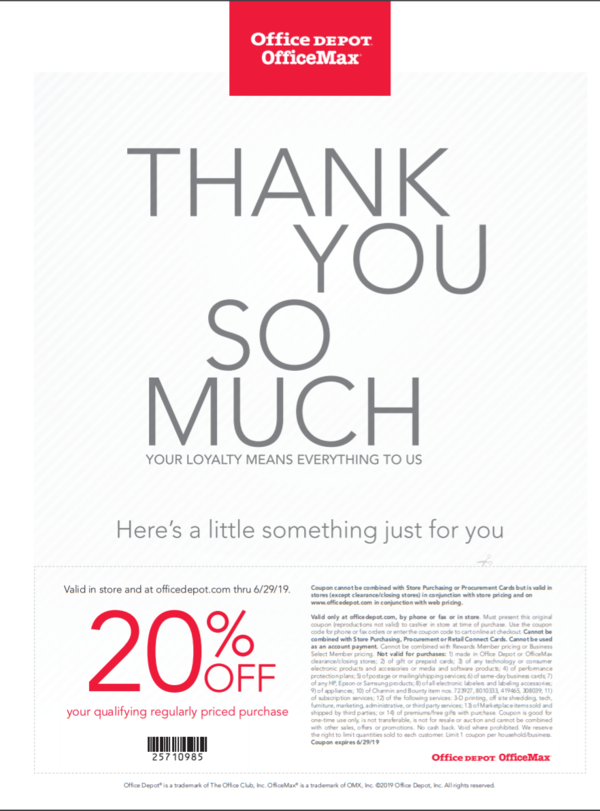From a professional point of view, there are two strategies that SEO professionals use to improve the ranking of websites; On-Page SEO and Off-Page SEO. Off-Page SEO is all that is checked outside of a site and affects the site's ranking in search engines. One of the most important elements affecting off-page SEO is "link building". In this article, we will look at link building and its advantages and disadvantages.
Improving off-page SEO with backlinks
Any link that is given to your site from other sites is a "backlink". Those links are valid and useful and explicit users to the site (DirectLine, 2021). It can be said that receiving backlinks is one of the most important factors in increasing the site ranking.
Do not forget that if the content of the website and hosting is not high quality, receiving backlinks will not have an effect; So when buying a host, pay attention to its quality.
"Backlinks" are one of the most important elements in improving search results.
This element is one of the most important factors to be seen in SERPS.
Getting backlinks from powerful websites is more difficult; Because the traffic on these sites is too optimal and you may not be able to get backlinks by paying more!
Backlinks are links or photos that by clicking on them, the user will be transferred to another site.
The most important feature of these elements is the ability to click on them.
What are the benefits of backlinks on the site?
If you want to know what the most important benefits of backlinks are, you should say that the most important benefits can be summarized in the following three cases:
• Improve site ranking
• More site credibility
- Show the site to more users
(Niel Patel, N.D).
Types of backlinks to improve off-page SEO
One of the most important elements of off-page SEO is backlink building. There are different backlinks and there are different ways to create them.
Types of backlinks are:
Built Links
These links are created by accessing your website. To build these links for your website, you will need to contact webmasters or authors (WordStream, 2018). Or you need to participate in an advertising campaign to build valuable links. To grow your business, you can use these links and see the results after a few months.
Natural links
A simple link that can be obtained without your effort is called a "natural link” (WordStream, 2018). This is possible when you have very valuable content or products. The audience uses your source or introduces your product. You can easily produce good articles and do natural backlink building.
Created links
A backlink created is very dangerous for your off-page SEO! These links are created by you and your team, But you did not make a good connection to build them. For example, links that you post to blogs, newsletters, or forums fall into this category.
Try to use natural or built links to improve your SEO site regularly and without any mistakes.
The effect of backlinks on SEO
As mentioned, when a website points to another website (along with a link to that website) as a part of its content, this is called a backlink. This link should be clickable so the search engines can identify them as backlinks (Niel Patel, N.D).
Backlinks are one of the most important elements of SEO principles. When a website links to a page of our site, it says to search engines, "This content is valuable, credible, and useful” (WordStream, N.D). Google and other major search engines consider backlinks to be a "positive point" for our website. In general, pages with more backlinks rank higher in search engines.
SEO experts believe that high-quality backlinks are the determining factors for SEO that will help you improve your website ranking in search engine results. In addition, backlinks should be on sites with relevant content. These sites must be reputable, popular, and have a high ranking. The higher the quality of backlinks, the higher your website ranking.
Common Mistakes in Buying Backlinks
With a simple Google search, you will find many sites which are selling backlinks with attractive and effective titles! If you do not have experience in buying backlinks and do not know their destructive effects, you may easily be deceived by these sites and destroy your SEO forever.
One of the new techniques in the Internet space is negative SEO, which is done to lose the ranking of competitors (DirectLine, 2021). While many buy unrealistic backlinks to improve their site ranking; By buying backlinks, they practically do negative SEO on their site.
Backlink Building
If you still insist on buying backlinks and do not like principled and better ways such as content production, consider the following points before spending any money and accepting the risk to minimize the possibility of penalties for your site:
• Contact the site owner directly and do not cooperate with advertising intermediaries.
• Buy backlinks at regular intervals.
Offers such as "Advertising on 10 sites with page rank 2 and 3" are not good choices.
• Only buy links from sites related to your field of work.
• Do not cooperate with sites that sell links and accept ads widely and publicly.
• Instead of buying backlinks on all pages of a site, advertise on one or more specific pages.
• Try to give backlinks to your website landing pages;
This will increase your actual customers and sales.
• Instead of text ads in the sidebar or footer of sites, use content ads and dedicated content.
• The ratio of purchased links to the total inbound links of the site is less than 10%.
In addition, you can increase the quality of your products. It should be noted that using free and unrealistic backlinks will destroy your website SEO!
References:
https://directlinedev.com/blog/what-is-off-page-seo/
https://neilpatel.com/blog/everything-you-need-to-know-about-off-page-seo/
https://www.wordstream.com/blog/ws/2018/06/13/off-page-seo





